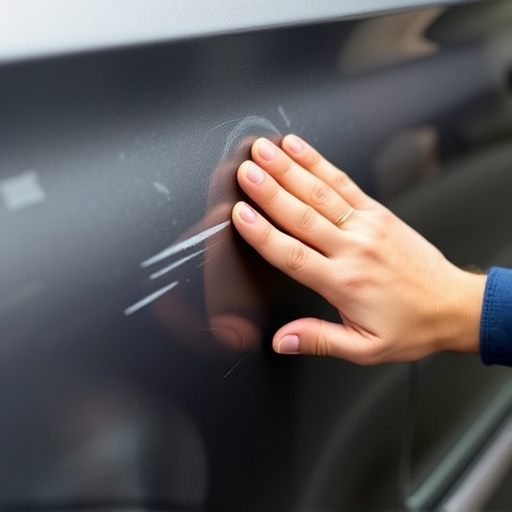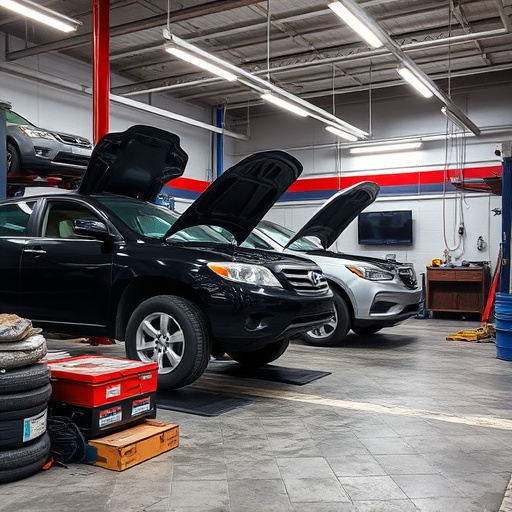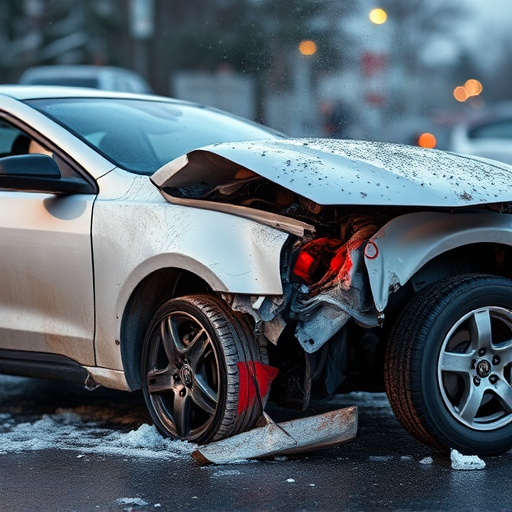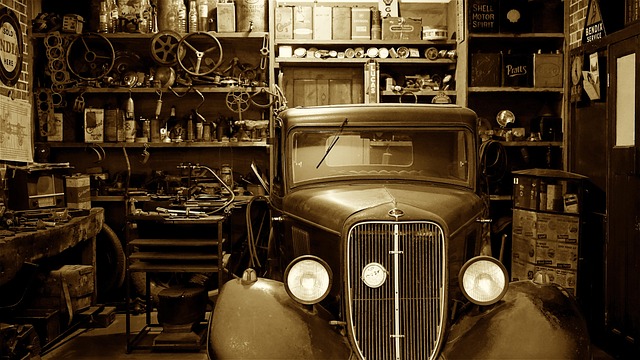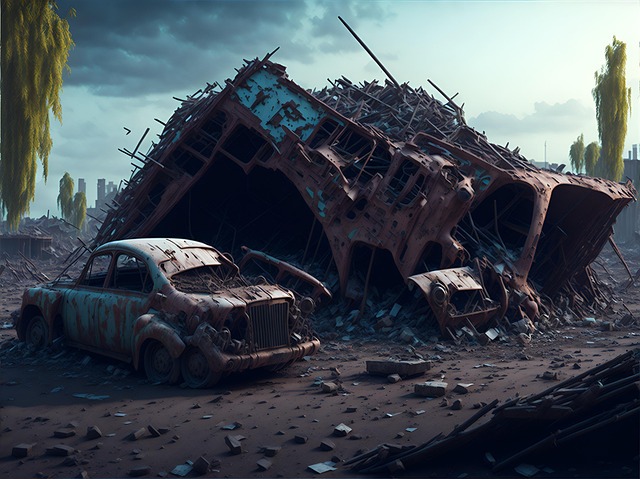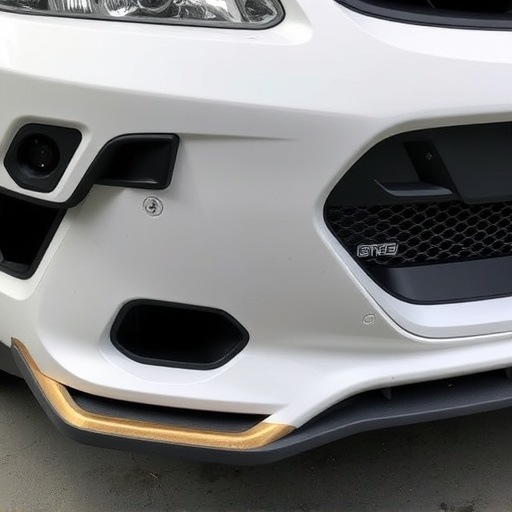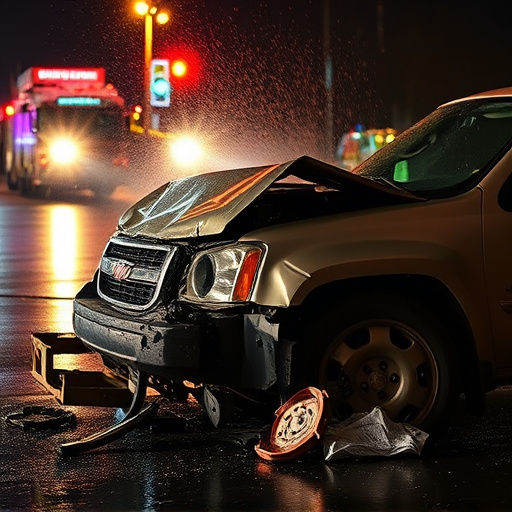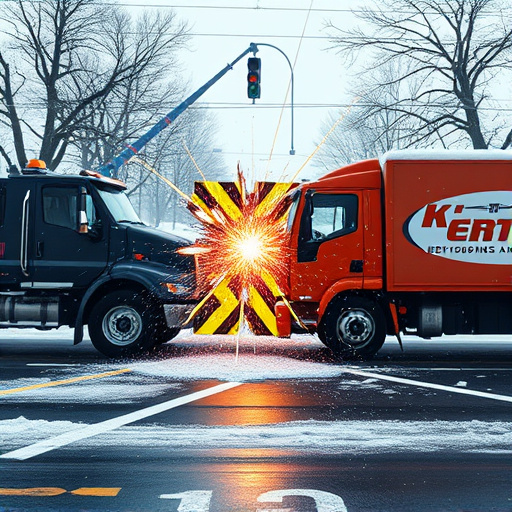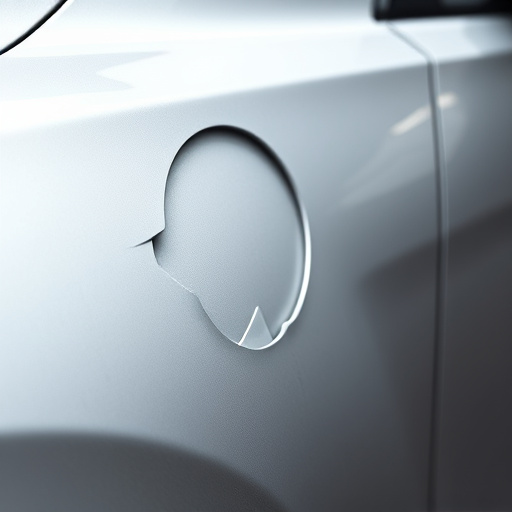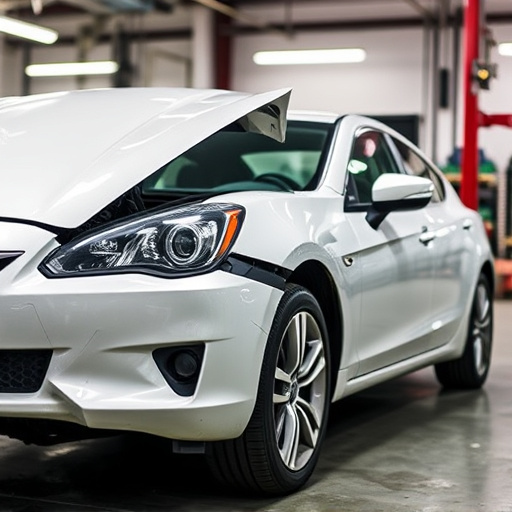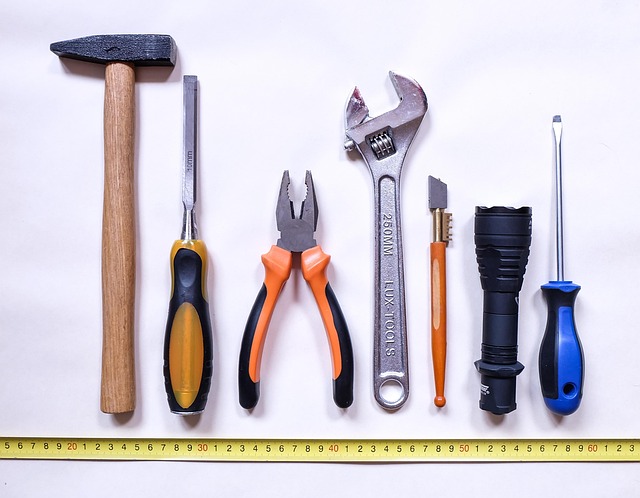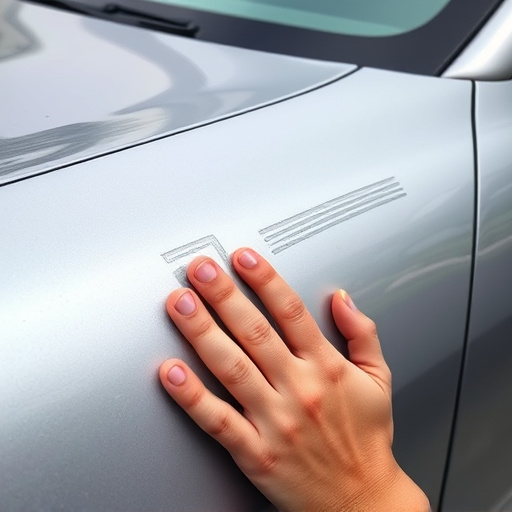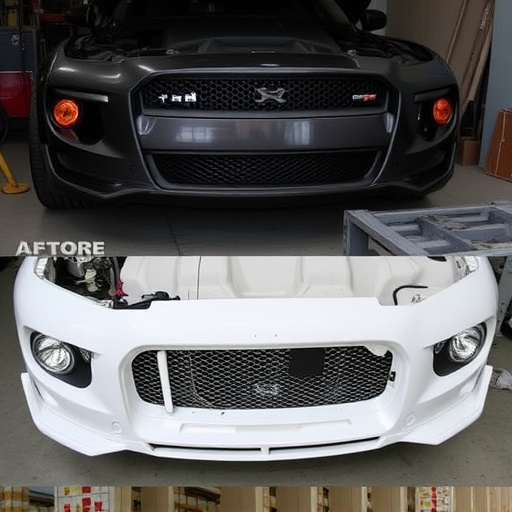After a vintage vehicle collision, expert restorers assess visible and hidden damage, craft a restoration plan using authentic parts, disassemble affected areas, meticulously repair and reassemble, ensuring each component accurately recreates the classic car's original state for optimal performance and aesthetics.
“Restoring a classic car after a collision can be a meticulous journey, but understanding the timeline and process is key. This comprehensive guide breaks down the steps involved in reviving a vintage vehicle collision victim. From initial damage assessment and planning, to sourcing authentic parts and the step-by-step restoration process, every detail matters. Learn how skilled restorers navigate the intricate path to return these timeless vehicles to their former glory, ensuring each classic car tells its unique story on the road again.”
- Assessing Damage: Initial Inspection and Planning
- Preparation and Parts Sourcing: A Meticulous Process
- Restoration: Step-by-Step Guide to Revitalization
Assessing Damage: Initial Inspection and Planning
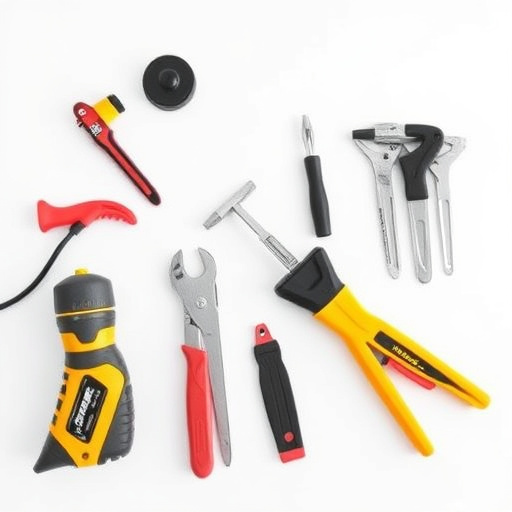
After a vintage vehicle collision, the first step in restoration is a thorough assessment of the damage. This initial inspection involves meticulously examining every inch of the car to identify both visible and hidden impairments. Skilled restorers will not only look at the exterior but also delve into the interior, underbody, and mechanical components to understand the full extent of the repairs required.
During this planning phase, a detailed plan is created, outlining each step from disassembly (if necessary) to car paint repair, and finally, reassembly. It’s crucial to choose an experienced car body shop that specializes in vintage vehicles to ensure the restoration accurately reflects the vehicle’s original state. Many auto repair shops near me are equipped to handle these intricate repairs, providing expert solutions for a seamless return of your classic car to its former glory.
Preparation and Parts Sourcing: A Meticulous Process
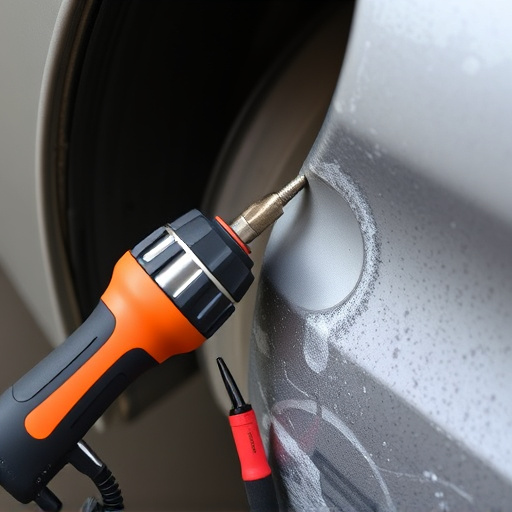
Restoring a vintage vehicle collision is not just about fixing dents and scratches; it’s a meticulous art that demands precision and patience. The preparation phase is crucial, as it sets the stage for the entire restoration process. It involves carefully examining the damaged areas to create an accurate repair plan. This includes identifying specific parts that may need replacement, which can be challenging due to the unique nature of vintage vehicles.
Sourcing authentic and matching parts is a critical task. Restorators often have to search far and wide for the right pieces, sometimes even custom-making them to preserve the vehicle’s original integrity. This process requires access to a vast network of specialty body shop services, automotive repair experts, and car paint specialists who understand the nuances of vintage vehicles. With their help, the restorer can acquire or recreate every essential component, ensuring the final product is as close to its former glory as possible.
Restoration: Step-by-Step Guide to Revitalization
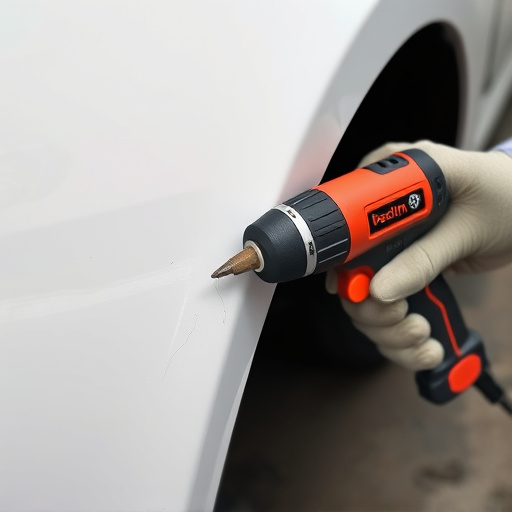
Restoration is an art when it comes to vintage vehicles, requiring meticulous attention to detail and a step-by-step approach. The process begins with assessing the extent of damage from a vintage vehicle collision. This involves carefully examining the car’s exterior, identifying dented panels, cracked or broken parts, and any structural damage. Once the scope of work is clear, the restoration process can commence.
The first step is to safely remove all damaged panels and components, preparing the car body for repair. Skilled technicians then address each issue individually: repairing or replacing dents, straightening bent frames, and fixing broken parts. The next phase involves meticulous paint preparation, including surface sanding, priming, and applying a suitable color match. This is crucial to ensure the final finish is flawless. Finally, assembly begins, securing all panels, mechanisms, and trim back in place, transforming the damaged vehicle into a classic car that drives like new.
Restoring a vintage vehicle collision is a meticulous yet rewarding process. By thoroughly assessing damage, strategically sourcing parts, and diligently following restoration steps, you can transform a classic car into its former glory. Each phase, from initial inspection to revitalization, plays a crucial role in ensuring the final product reflects the beauty and charm of the past. Embrace the journey, as this meticulous craftsmanship is what makes vintage vehicles so captivating.
